Have you ever wondered about the secrets of film preservation? If so, you have come to the right place! This blog post is dedicated to exploring all the aspects of film preservation – from understanding what is film preservation to determining how long a roll of film can remain in the camera. With full information and useful tips, this guide will help anyone unlock the mysteries of how long can film stay in a camera!
What is Camera Film?
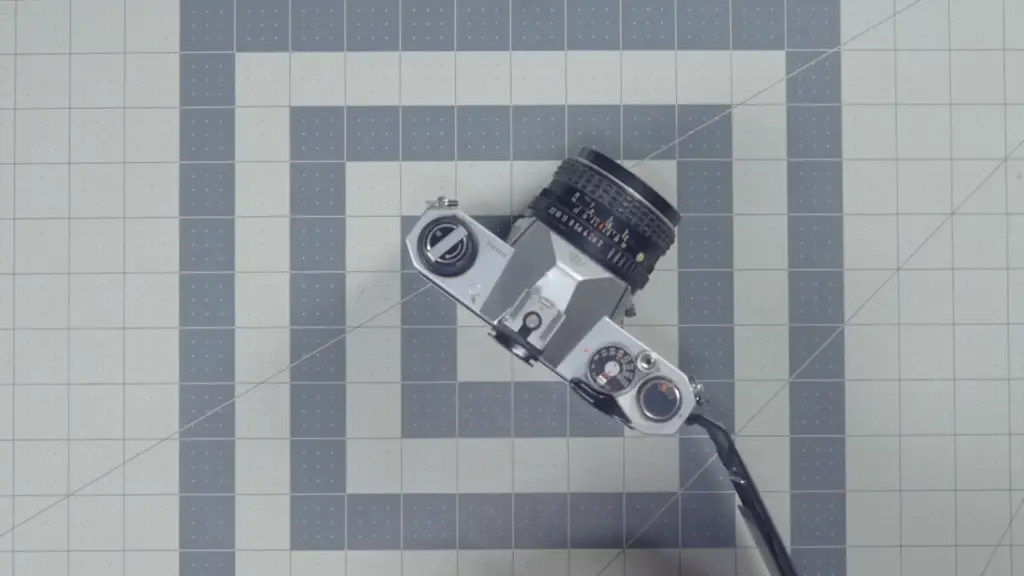
Understanding Film Lifespan
It’s important to understand the shelf life of film so you can get the best results when taking photos. Film comes in a variety of types and sizes, but generally speaking, most films should last at least one to two years before they start to degrade. If you store your film properly it should have a much longer lifespan.
However, it’s still important to keep an eye on your film and check it regularly for signs of deterioration or damage. Depending on how you use it and where you store it, some films may last longer than others. It’s also important to note that color films tend to be more susceptible to degradation due to their sensitive dyes and light-sensitive emulsions.
How Does the Environment Affect Camera Film?
The environment can have a big effect on film. This means that depending on where you store it, the life of your film may differ significantly. If you live in an area with high heat and humidity levels, this could have a negative impact on the quality of your film over time. On the flip side, if you live in an arid climate, your stored film can last much longer in comparison.
It is important to note that camera film should never be exposed for extended periods to temperatures beyond the recommendations of the manufacturer. Temperatures that are too high or low can quickly degrade camera film, so try to store it in an environment with a temperature range between 15-21°C and relative humidity between 40-50%.
If you have any doubt about your environment’s conditions, play it safe and use a camera bag that is designed to protect film from environmental factors like dust, dirt and moisture. This will ensure that your stored film remains in good condition for as long as possible.
When storing camera film, it is best to keep it in air-tight containers, away from dust and dirt. This will help extend the life of your film and prevent damage due to oxidation or environmental factors. To further protect film, some photographers choose to store their camera film in a freezer — which can even double its shelf life.
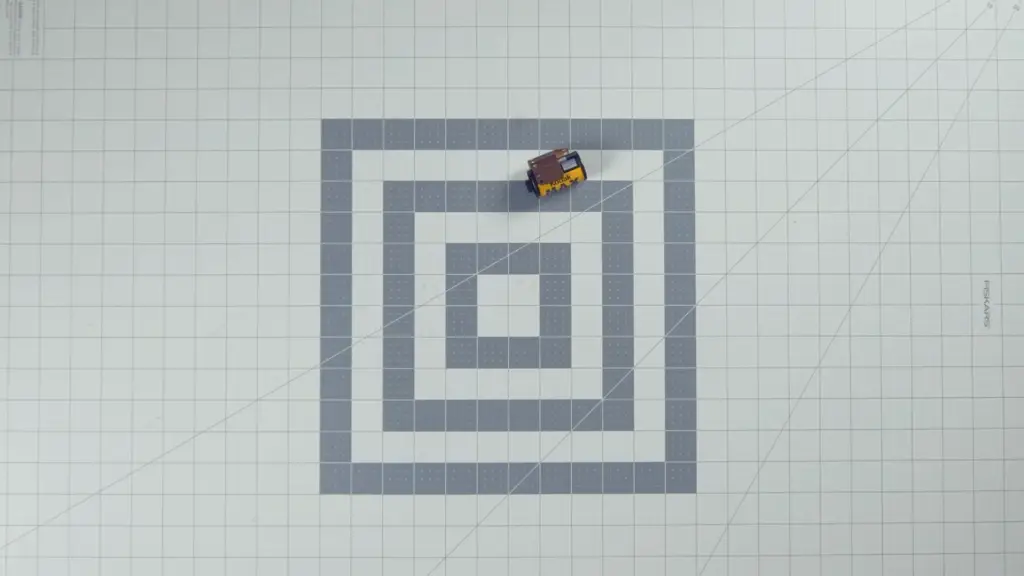
How Does The Type Of Camera Affect Film?
Film in a single-use disposable camera will typically last longer than film in an older, antique or vintage model. Single-use disposables are designed for one-time use and have limited exposure to light, humidity, and temperature changes. On the other hand, older cameras may not have the same quality of seal that modern cameras do, and therefore their films may be more susceptible to environmental conditions (such as heat) that could cause them to degrade faster. It’s important to keep your camera sealed when it’s not in use to reduce the chance of any outside elements damaging your film. Additionally, if you’re using an older camera model, make sure all moving parts are lubricated and in good working order. This can help ensure that your film is not exposed to any unnecessary wear or tear.
Finally, it’s important to remember that certain types of film may be more sensitive than others, so you should always check the expiration date on the package before using it. Generally, color films will expire faster than black-and-white films due to their higher sensitivity levels. You also want to make sure that you’re storing the film in a cool, dry place where there isn’t too much heat or light. Keeping your film away from direct sunlight can help extend its lifespan as well! With these tips in mind, you’ll be able to get the most out of your camera and keep your film lasting as long as possible. So go ahead and take those breathtaking shots — you’ve got this! [1]
Factors that Affect the Lifespan of Film
The amount of time that film can stay in a camera depends on several factors. These include the following.
Temperature and Humidity
If the temperature is too high or the humidity too low, it can cause the emulsion on the film to deteriorate, leading to poor image quality. It’s best to store your camera and film in a cool, dry place away from direct sunlight and extreme temperatures.
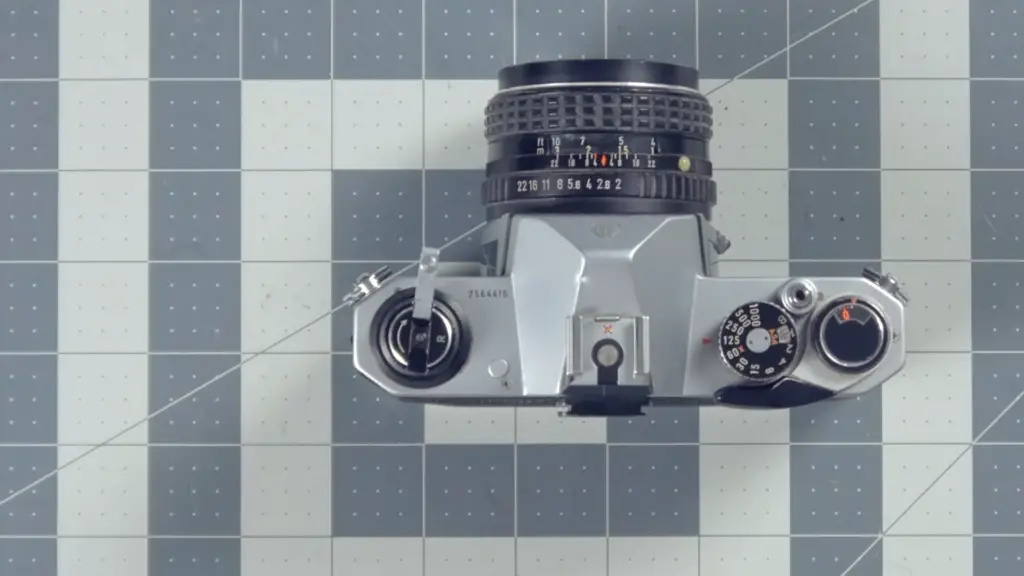
Exposure to Light
Exposure to light can also have an effect on the lifespan of film. Even if your camera is stored in a dark place, the light leaking from the shutter or lens may be enough to damage it over time. To ensure that your film remains viable for as long as possible, always keep it away from bright sources of light.
Type of Film
The type of film that is in the camera can also impact its lifespan. Different types of film have different lifespans, and some are more prone to deterioration than others. Generally, black and white film will last longer than color film, so when it comes to long-term storage consider investing in a roll of black and white instead.
Storage Conditions
Finally, how you store the film can also play a role in its longevity. Always make sure that the camera is stored in an airtight container or bag to protect it from dust and other contaminants which could damage the emulsion. Additionally, avoid storing your film anywhere with large temperature fluctuations, such as a car’s trunk or glove box – this will help extend its life span significantly. As an added measure, try to keep it in a cool place and away from direct sunlight.
Signs of Expired Film
It is important to know when the film has expired so you can avoid any problems that may arise due to its deterioration. Here are a few signs of the expired film:
- Discolored or faded images
- Blurry, unfocused pictures
- Streaks in the photos or lines across them
- Reduced contrast and saturation
- Decrease in color accuracy and fidelity
If you are noticing any of these signs while shooting with your camera, it is likely that your film has gone bad and needs to be replaced. It is also possible for an old film to cause damage to your camera, so it is important to replace it before using it again. To ensure that your photographs come out looking their best, make sure your film is stored correctly and not expired.
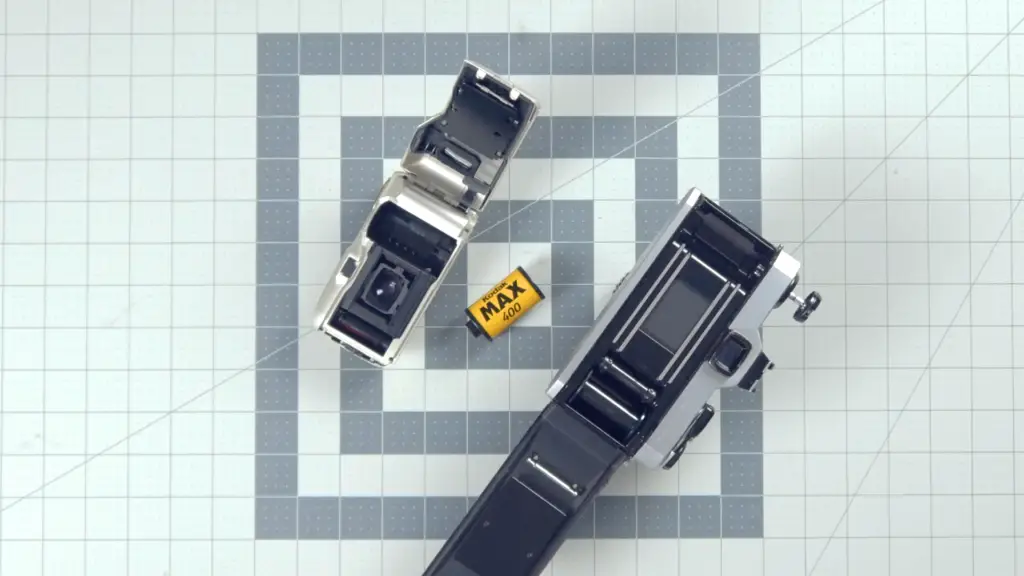
How Long Does Film Last in a Camera?
When loading film into a camera, it’s important to consider the lifespan of your chosen film. The amount of time you can expect your photos to remain on the roll will differ depending on the type and format of film that you are using.
For example, 35mm cellulose acetate base films may last up to three years before they start to deteriorate in quality. Meanwhile, many instant film types could be expected to last around one year with proper storage conditions.
The longevity of your exposed images is also dependent on how well you store the camera and its associated equipment. To get the most out of your photography session, make sure you keep all components away from direct sunlight or extreme temperatures as these will affect both the film and the camera itself.
It is also essential to be mindful of how quickly you need to use your film after loading it into the camera. For instance, some films require immediate development as soon as they are exposed, while others can wait for a few days before needing to be developed. Knowing what type of film you are using and when it should be developed will ensure that your photos remain in their original state.
Overall, if cared for correctly, most types of films can last anywhere from one year up to three years without suffering any major changes in quality or clarity. If you’re looking for long-lasting images on your next roll of film, make sure to research the best storing conditions and practice speedy development techniques.
35mm Film
35mm film is one of the most widely used formats for both professional and amateur photographers. This type of film usually has a lifespan of up to three years if stored properly in cool, dry conditions away from direct sunlight.
When exposed, 35mm film should be developed as soon as possible to prevent any potential fading or discoloration. If you’re looking for long-lasting images with your next roll of 35mm film, make sure to develop it within two weeks after exposure to lock in the best image quality.
Medium and Large Format Film
Medium format and large format films are popular options among professional photographers due to their larger negative size, which produces higher quality images.
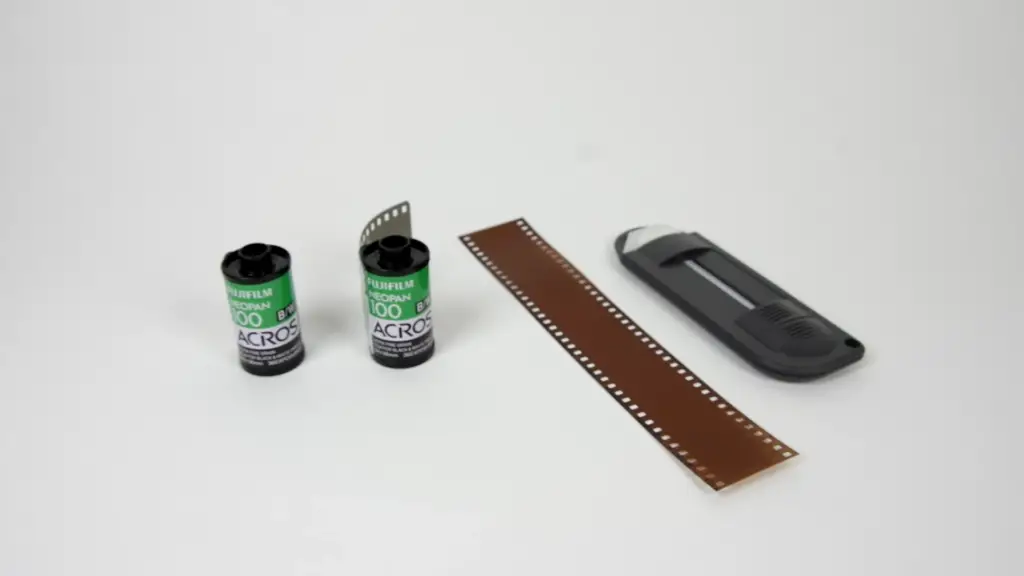
Since these formats produce larger negatives than 35mm, they require more careful handling and storage conditions. Such films should be stored in a cool, dry place away from direct sunlight and developed as soon as possible after exposure. These types of film usually have a lifespan of up to two years if stored properly.
Instant Film
Instant film is one of the most popular forms of photographic mediums for capturing spontaneous moments with friends or family. This type of film has come a long way since its invention in 1948, offering a range of different sizes and formats to choose from.
Instant film usually has a lifespan of around one year if stored in cool, dry conditions. When exposed, it should be developed as soon as possible to ensure the best-quality photos. Additionally, make sure to regularly clean your camera and equipment to maintain the optimal performance of your instant film. [2]
No matter what type of film you’re using for your next photography session, proper care and maintenance are essential for preserving the images on the roll. Make sure you store each roll away from direct sunlight or extreme temperatures and develop all exposed films within two weeks after exposure. With these tips in mind, you can expect an extended lifespan out of your favorite photographic mediums!
Tips for Prolonging Film Lifespan
- Keep your camera in a cool, dark place. Warm, humid environments can spoil the film quickly and reduce its shelf life.
- Avoid opening the back of the camera unnecessarily as this exposes the film to light and air which can degrade it over time. When shooting, only open the back of your camera when you’re loading or unloading film.
- Use high-quality film specifically designed for long-term storage that is kept in a sealed container with silica gel packets to absorb moisture in order to keep out water vapor that could damage the emulsion layer of your exposed roll of film.
- Make sure that the pressure plate inside your camera isn’t damaged or scratched so that it won’t damage the film as you’re loading and unloading it.
- Regularly check your exposed film for scratches or dirt, as these can lead to a fogging effect on the image when developed.
- Be sure to use an anti-static bag when storing your exposed roll of film to avoid static electricity buildup which could damage the emulsion layer.
- Finally, make sure that you don’t leave your camera in direct sunlight for too long or place it near any heat source which could warp the body of the camera and damage the internal components.
Following these tips will help ensure that your photos stay sharp and vibrant even after many years of storage!

How to Tell if Your Film is Still Usable
Once you’ve determined the expected length of time your film can stay in a camera, it’s important to know how to tell if your film is still usable.
If you are unsure about the condition of your film, another great way to test its usability is with an exposure test. For this, you’ll need a darkroom and a timer. Once everything is set up, take an exposure test sheet and expose it to light for the same amount of time that would be used for a regular photograph. Then, develop the exposure test sheet and inspect the results. If the image looks clear and detailed, then your film is still usable.
It’s also important to consider other factors such as storage conditions, type of camera used, and age of the film when determining if your film can be used or not. If in doubt, we recommend testing your film with an exposure test before using it for any photographs.
What Happens To Camera Film Over Time?
When it comes to film photography, the answer to how long can film stay in a camera isn’t as straightforward as you might think. Even if your camera has been sealed and stored away perfectly, over time the film may become deteriorated or even unusable. This is due to a number of factors such as humidity, temperature changes, exposure to light and poor storage conditions.
These elements can cause chemical reactions inside the film cartridge that will slowly degrade and age the contents. When this occurs, images recorded on the affected films will likely be low in contrast or have color shifts caused by inconsistencies in development chemistry. In some cases, it may even be possible for the entire film strip to become unusable altogether!
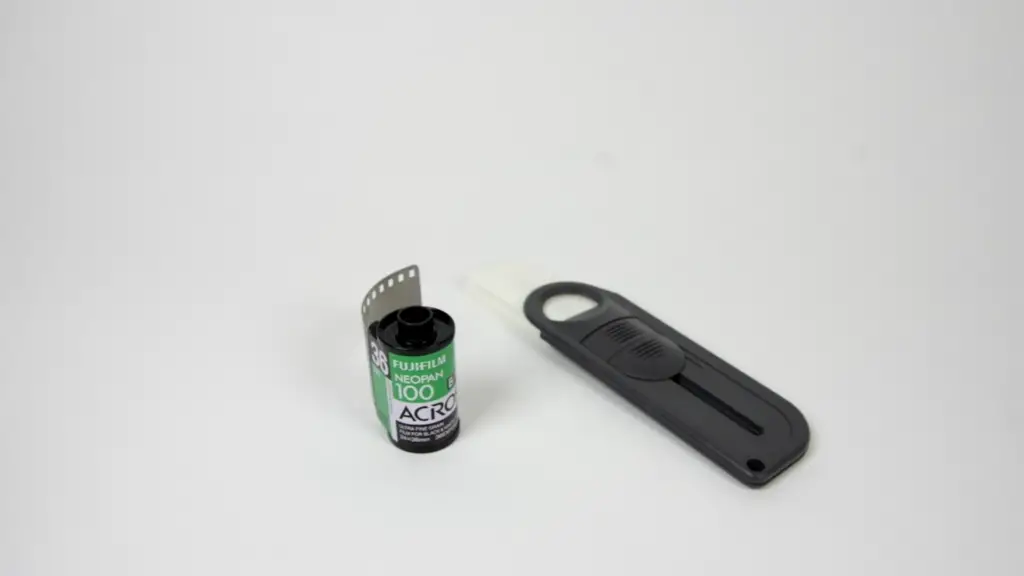
In addition to environmental factors, the age of the film also affects its longevity in your camera. Generally speaking, newer film stocks will remain usable for a longer period of time than older stocks. Also, if you’re using more specialized films such as expired or vintage films, they can be even more sensitive and their shelf life may be shorter.
It’s important to check on your film regularly and make sure it is not showing any signs of deterioration or damage. If you notice signs of aging – like discoloration or crystallization along the edges – then it’s best to remove the exposed film from your camera immediately and develop it right away. This will help ensure that you get the best quality results from your photos!
So, while it is difficult to pinpoint an exact answer to how long can film stay in a camera, following basic storage and care guidelines can help you get the most out of your films and ensure that they remain usable for as long as possible. Remember, taking the time to check on and care for your films correctly can make all the difference when it comes to preserving them for future generations!
So How Long Can You Leave Film In A Camera For?
It’s important to know the answer to this question if you’re an avid photographer. Film can be damaged by factors such as heat, age, and time spent exposed in the camera. It depends on the film, but in most cases, years.
If the film is stored in a well-sealed camera, kept below 400 ISO, and in a dry and cool environment, it should remain in good condition for 15 years. If the film is stored in a camera with a bad seal, has a 400+ ISO, and is subjected to hot and humid surroundings, it may expire in only 4-5 years. [3]
If you need to leave film in a camera for longer periods of time, there are steps you can take to ensure it won’t be damaged.
First and foremost, make sure that your camera is stored properly when not being used for photography. This means keeping it away from extreme temperatures (hot or cold) and out of direct sunlight. If possible, store your camera in a cool, dry place such as a storage closet or cabinet.
It’s also important to check the film periodically for any sign of damage. If you notice that the film has become discolored or warped, it means that it is not safe to use and should be removed from the camera as soon as possible.
Finally, if you’re planning on leaving your film in a camera for an extended period of time (more than 24 hours), consider investing in a good quality camera bag. This will help keep your camera and film protected from dust, moisture, and other elements which can damage exposed film.
By following these tips, you can rest assured that your photos will remain safe even if they stay in your camera for longer than usual periods of time! Just remember to always check the film for signs of damage before using it.
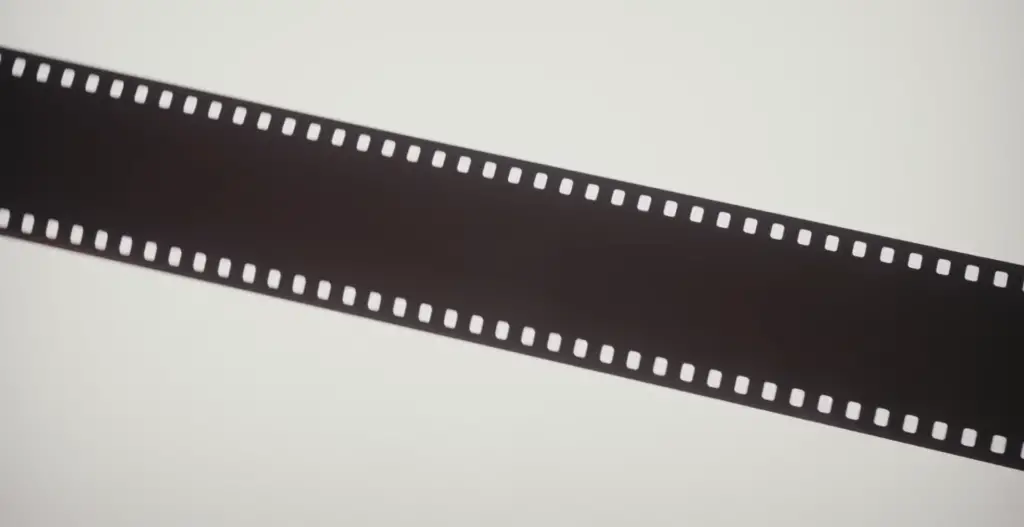
How Long Can You Leave Film In A Camera While Before Shooting Again?
It’s important to know how long film can be left in a camera before shooting again. Depending on the type of film used, leaving film in your camera too long can lead to disappointing results when it finally gets developed.
For most types of black and white film, you should plan on changing the roll after two days or less. This is because the light sensitivity of these films starts to drop off quickly and won’t produce good results if used too late. For color print or slide films, you have longer — from one week to many months — as long as they are stored properly and kept away from extreme temperatures. And for color negative films, you can typically leave them for up to six months without any issues.
Of course, you don’t need to use up the whole roll before replacing it — if you know you won’t be shooting for awhile, just take out the film and store it properly. Then reload it when you’re ready! There are also some cameras that allow you to keep multiple rolls of film loaded at once, so check your camera manual if this is an option.
FAQ
How long can 35mm film be stored?
35mm film can typically last between 5-10 years if it is stored correctly. Film should be kept in a cool, dry area and sealed away from light and dirt. It’s important to make sure the containers are airtight as humidity and heat can damage the film. For maximum shelf life, store your rolls of 35mm film at temperatures below 20 degrees Celsius (68°F). [4]
Can I develop a 10 year old film?
Yes, you can develop a 10 year old film. However, the results will vary depending on how well it has been stored and maintained. It is always best practice to store your films in controlled environments with low temperature and low humidity. If you have done this, then the chances of successful development are much higher. [5]
It is also important to remember that some types of film may not have a long shelf life even when stored properly. Color films tend to degrade quicker than black and white films due to their composition. Furthermore, certain brands might offer longer storage times than others. Therefore, be sure to check with the manufacturer before attempting to develop an old film roll!
At the end of the day, there’s no hard rule for how long a film can stay in your camera. While you should always strive to develop films as soon as possible, you’re not out of luck if that hasn’t been possible. If you’ve stored and maintained your film properly over the years, then there’s still a chance that it will produce quality results after being developed so many years later.
How long can film sit without being developed?
If your film has been sitting for a long time, don’t worry – it’s still salvageable. The amount of time film can sit without being developed varies, depending on the type and brand of film you are using. Generally speaking, color negative film is more stable than slide or black-and-white films. According to research done by Kodak and Fuji, color negative film can generally remain unprocessed for up to five years in cool temperatures (around 60 degrees Fahrenheit). Slide emulsions, however, will start to degrade after only two years if not properly stored. [6]
To maximize shelf life and ensure optimal results when developing your film, always store your rolls in a dry location away from direct sunlight or heat sources. It’s also best to keep your rolls in the original packaging. This will protect them from moisture and help prevent any scratches or other damage that could affect the quality of your photos.
Finally, it’s important to note that the above-mentioned shelf life pertains only to unexposed film. Once a roll has been exposed, regardless of how long ago it was shot, you’ll want to develop it as soon as possible for the best results. The longer exposed films sit without being developed, the more likely they are to fade over time and lose their vibrancy of colors and details due to exposure to light.
If you’re ever unsure about a particular roll of film, don’t hesitate to ask an expert or refer to the manufacturer’s instructions. Properly storing and developing your film can help ensure that you get the most out of each roll!
How long can film survive?
As a general guideline, film can last up to two years when stored in optimal conditions. Of course, this is assuming that you store your film properly and take the proper steps to protect it from deterioration. When kept at cool temperatures (below 77 degrees Fahrenheit) and away from direct sunlight, most films will last for up to two years.
However, there are certain conditions that can speed up the rate of deterioration. For example, if your film is exposed to high heat or humidity then it may deteriorate faster than it would under normal storage conditions. Additionally, some types of films are more prone to degradation over time than others. The black-and-white film tends to be less stable over time than color film. Therefore, it is important to familiarize yourself with the type of film you are using and take extra precautions when storing it.
Useful Video: How do I get 35mm film out of the camera when it’s done? | ANALOG ESSENTIALS
Conclusion
In conclusion, there are many factors that affect the life of film in a camera, so it is difficult to determine exactly how long film will stay usable in a camera. Generally speaking, however, if you are careful about storing and handling your film properly, you should be able to keep most types of film usable for at least 6 months after loading them into a camera. It’s also important to regularly test the quality of your photos by shooting some test frames and evaluating the results. If you maintain good care of your film and take regular tests, then you can expect it to last much longer than 6 months! Thanks for reading!
References
- https://yourphotographybuddy.com/how-long-can-you-leave-film-inside-a-camera/
- https://kievkelvin.com/blog/how-long-does-film-last-in-a-camera/
- https://yourphotographybuddy.com/how-long-can-you-leave-film-inside-a-camera/#:~:text=If%20it’s%20in%20a%20well,good%20for%204%2D5%20years!
- https://www.quora.com/How-long-can-a-35mm-film-be-used-stored-before-it-starts-to-loose-its-quality-after-expiry
- https://thedarkroom.com/faqs/can-old-and-expired-film-be-developed/
- https://www.quora.com/How-long-can-used-film-be-kept-before-it-is-developed





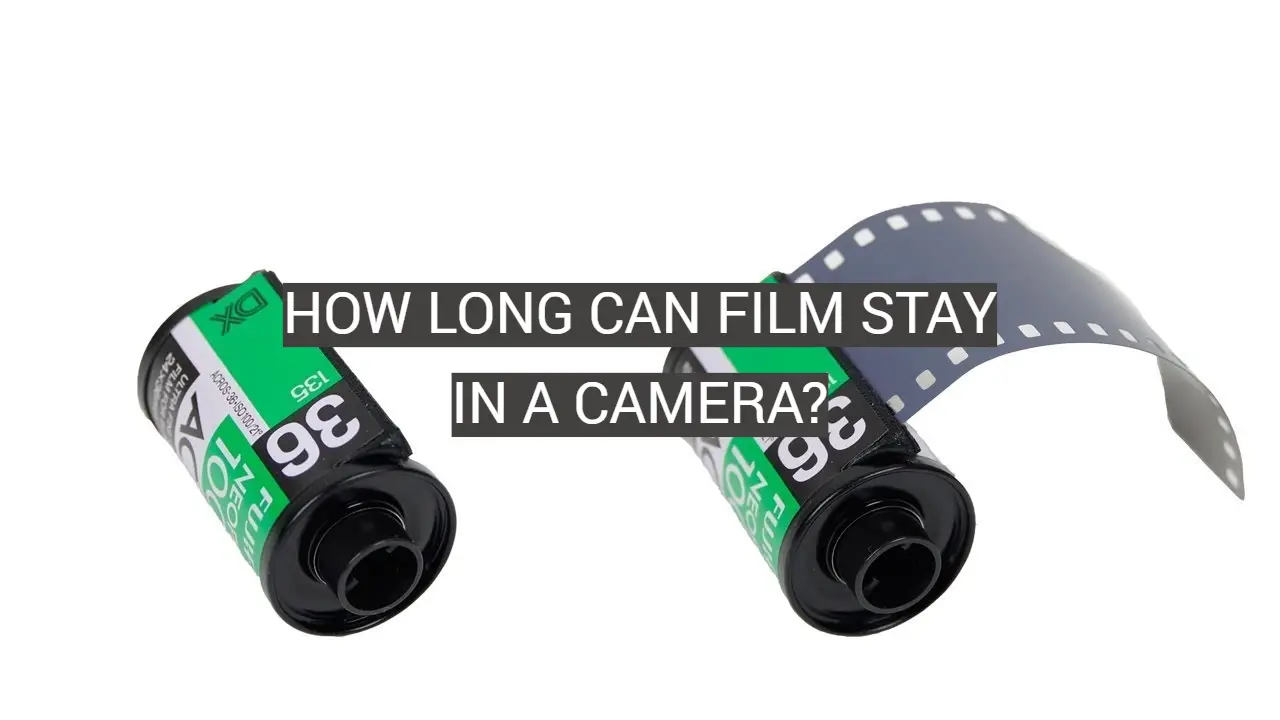
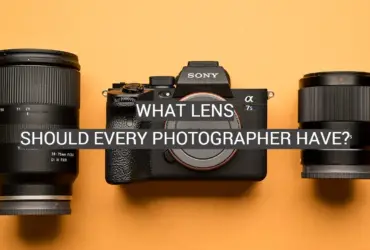




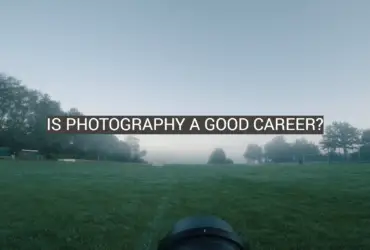
Leave a Reply